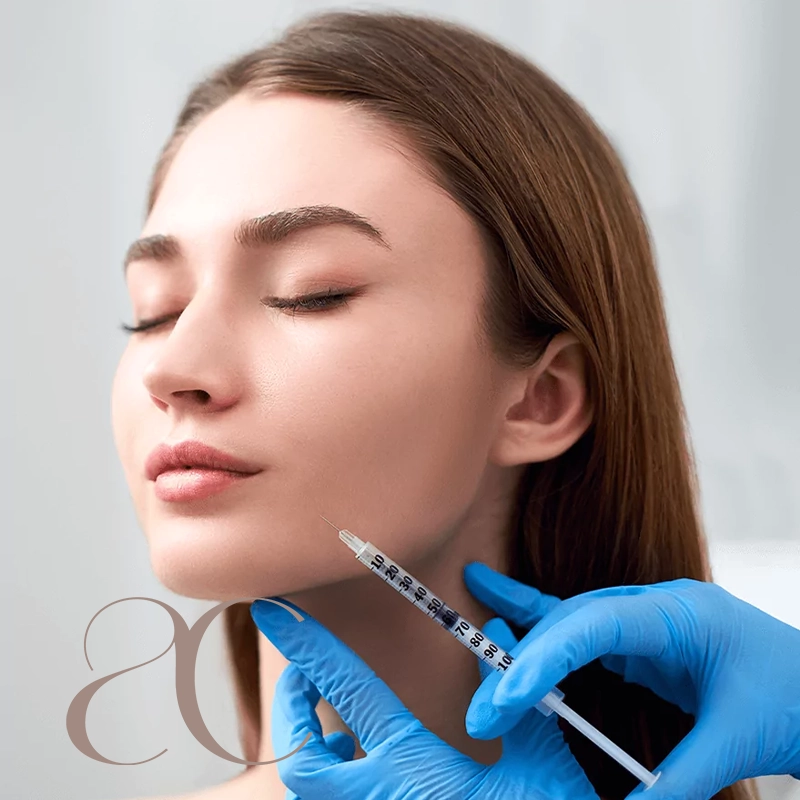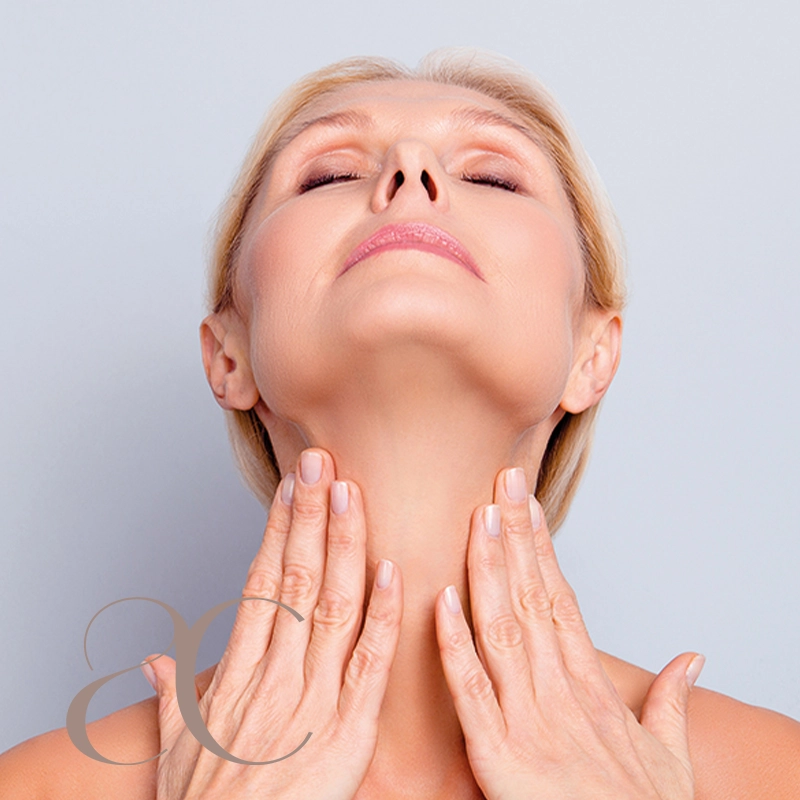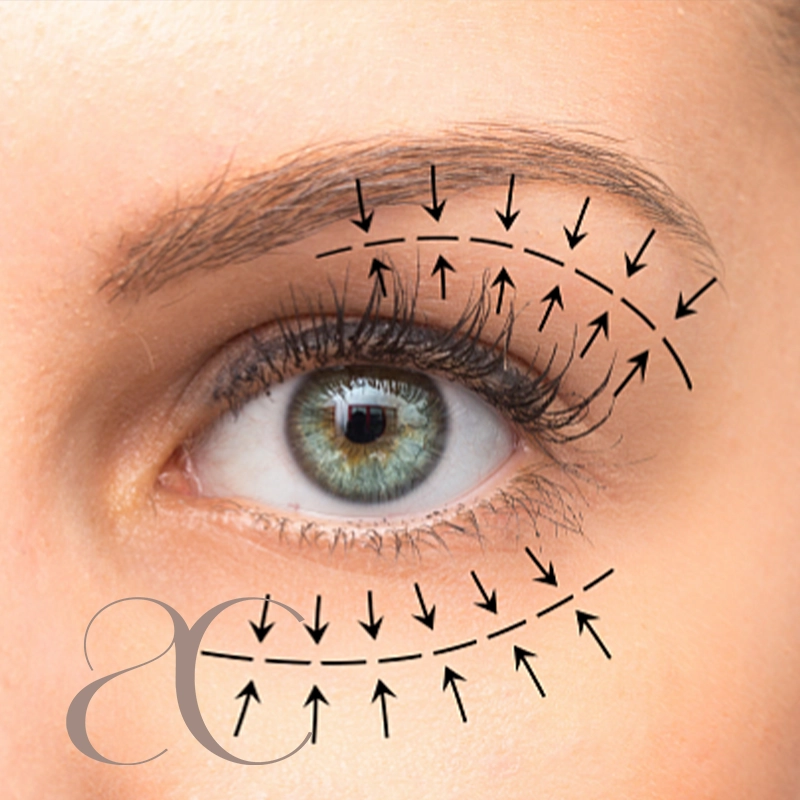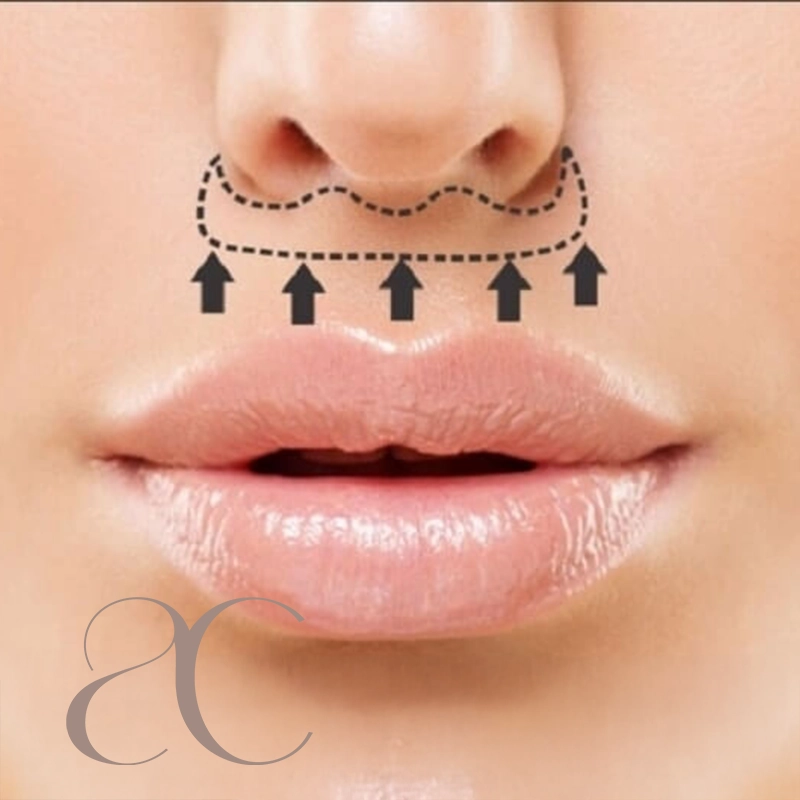
Upper Eyelid
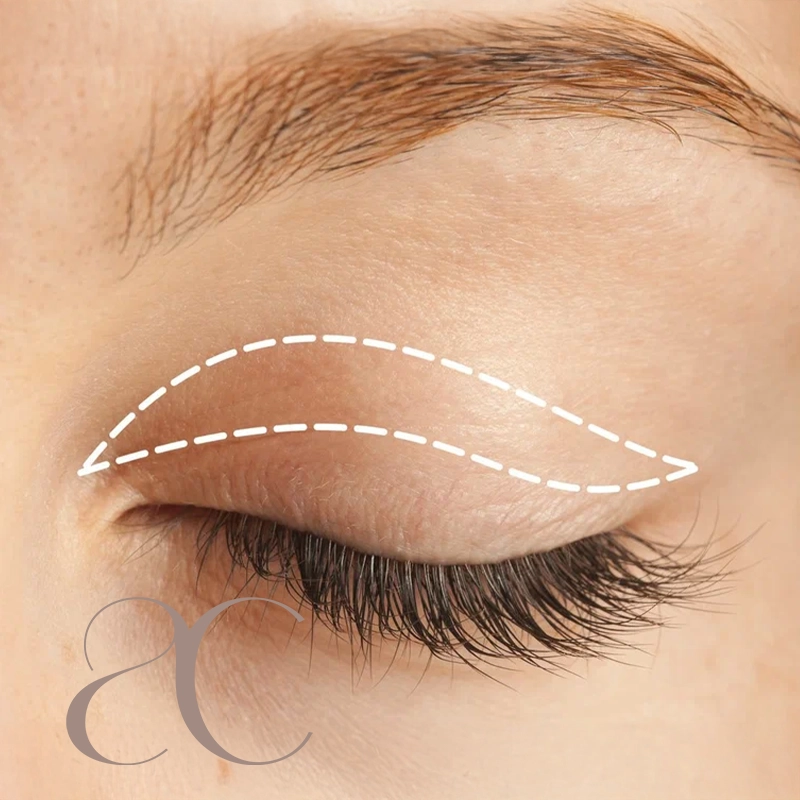
What Is Upper Blepharoplasty?
Upper blepharoplasty, commonly referred to as eyelid surgery, is a cosmetic or functional procedure designed to improve the appearance of the upper eyelids. This surgery involves removing excess skin, muscle, and sometimes fat from the upper eyelids to create a more youthful and refreshed appearance. Over time, factors such as aging, genetics, and environmental damage can cause the eyelids to droop or sag, leading to a tired or aged look. For some individuals, the excess skin may even obstruct their vision, making upper blepharoplasty not only an aesthetic solution but also a functional necessity.
The procedure itself is relatively straightforward and is typically performed under local anesthesia with minimal downtime. Patients often seek upper blepharoplasty to restore a more alert and rejuvenated appearance, enhance their self-confidence, or resolve medical issues caused by sagging eyelids. Results are long-lasting, offering a natural and revitalized look that aligns with the patient’s facial features. Whether performed for cosmetic or medical reasons, upper blepharoplasty has become one of the most sought-after procedures due to its significant impact on both aesthetics and quality of life.
How Does Aging Impact the Eyelids?
Aging significantly affects the delicate skin of the eyelids, leading to noticeable changes over time. The skin around the eyes is thinner and more fragile than other areas of the face, making it particularly vulnerable to the effects of aging. As collagen and elastin production decline with age, the eyelid skin begins to lose its firmness and elasticity, causing sagging and drooping. Additionally, the muscles supporting the eyelids may weaken, allowing fat to accumulate and create puffiness or bulges in the upper and lower eyelids. These changes can contribute to a tired, aged appearance, even when an individual feels well-rested.
Beyond aesthetics, aging eyelids can also lead to functional issues. Excess skin on the upper eyelids, known as dermatochalasis, can interfere with peripheral vision, making daily tasks like reading or driving more challenging. The lower eyelids may develop hollows or bags, further emphasizing a fatigued look. Environmental factors, such as sun exposure and smoking, can accelerate these effects, making proper skincare and preventive measures essential. While these changes are a natural part of the aging process, treatments like upper blepharoplasty can effectively restore a youthful appearance and improve functionality.
Who Is an Ideal Candidate for Upper Eyelid Surgery (Blepharoplasty)?
An ideal candidate for upper eyelid surgery, also known as upper blepharoplasty, is someone who experiences sagging or drooping upper eyelids due to aging, genetics, or lifestyle factors. Many individuals seek this procedure to address aesthetic concerns, such as a tired or aged appearance caused by excess skin or puffiness in the upper eyelid area. Additionally, candidates may have functional issues, such as obstructed vision, that impact daily activities like reading or driving. Those in good overall health, without serious medical conditions that could impair healing, are typically well-suited for this surgery.
Candidates should have realistic expectations about the outcomes of the procedure and a clear understanding of its benefits. While upper blepharoplasty can significantly improve the appearance and function of the eyelids, it does not stop the natural aging process. Ideal patients are often non-smokers, as smoking can interfere with recovery and overall results. A consultation with a qualified surgeon is essential to determine candidacy, as they will evaluate the individual’s eyelid structure, skin condition, and medical history. Ultimately, upper eyelid surgery can be a life-changing solution for those seeking a refreshed look or relief from vision impairments caused by drooping eyelids.
How to Prepare for Upper Blepharoplasty Surgery
Proper preparation for upper blepharoplasty surgery is crucial to ensure a smooth procedure and optimal recovery. The first step is to consult with a qualified plastic or oculoplastic surgeon, who will assess your eyelids, discuss your goals, and review your medical history. During this consultation, the surgeon may recommend stopping certain medications, such as blood thinners, aspirin, or anti-inflammatory drugs, to minimize the risk of bleeding during and after the surgery. If you smoke, it is advised to quit at least a few weeks before the procedure, as smoking can impair healing and increase the risk of complications.
In the days leading up to the surgery, you should arrange for someone to drive you home after the procedure and assist you during the initial recovery period. Stock up on essential items like cold compresses, prescribed medications, and sterile gauze to make your recovery more comfortable. Avoid using makeup or facial products on the day of the surgery, and ensure that you follow any fasting instructions provided by your surgeon if general anesthesia will be used. By adequately preparing and following your surgeon’s guidance, you can enhance your results and reduce potential risks associated with upper blepharoplasty.
What Are the Costs of Upper Eyelid Surgery (Blepharoplasty)?
The cost of upper eyelid surgery, or blepharoplasty, can vary widely depending on several factors, including the surgeon’s experience, the complexity of the procedure, and the location of the surgery. Generally, in countries like the United States and Western Europe, the price for upper blepharoplasty can be relatively high, often due to higher medical fees, facility costs, and labor charges. This makes the procedure less accessible for some people. However, many patients look to countries like Turkey, where the costs for upper eyelid surgery are generally more affordable without compromising the quality of care.
Turkey has become a popular destination for medical tourism, particularly for cosmetic procedures like blepharoplasty, due to its lower costs and high-quality healthcare standards. Many experienced, internationally trained surgeons in Turkey offer competitive pricing, making it a favored choice for patients seeking cosmetic surgery at a fraction of the cost they would pay in Europe or the United States. The affordability, combined with excellent healthcare infrastructure, has made Turkey a leading destination for those seeking upper eyelid surgery, offering not only cost-effective solutions but also a chance to recover in a comfortable, welcoming environment.
What Is the Best Age for Upper Eyelid Surgery (Blepharoplasty)?
There is no specific “best” age for upper eyelid surgery, as the need for blepharoplasty varies from person to person, depending on individual aging patterns and aesthetic or functional concerns. However, most candidates are typically between the ages of 35 and 60, as this is when the signs of aging, such as drooping eyelids or excess skin, start to become more noticeable. Some individuals may begin to notice sagging or puffiness in their upper eyelids earlier, particularly due to genetic factors, and may opt for the surgery at a younger age. Conversely, those in their 50s and 60s may also benefit from the procedure to restore a youthful, refreshed appearance and improve their vision if excess skin is obstructing their line of sight.
It’s important to remember that the decision to undergo upper blepharoplasty should be based on the patient’s physical condition, goals, and overall health rather than a specific age. Ideal candidates are those who have realistic expectations about the results and are in good general health, with no major eye conditions that could complicate the surgery. Consulting with a skilled surgeon will help determine the right timing for the procedure and ensure that it aligns with the patient’s personal goals and needs.
Upper Eyelid FAQ
What is Upper Eyelid Blepharoplasty (Upper Eyelid Surgery)?
Upper eyelid blepharoplasty, also known as upper eyelid surgery, is a cosmetic procedure designed to remove excess skin, fat, or muscle from the upper eyelids. This surgery aims to improve the appearance of droopy or hooded eyelids and can restore a more youthful, refreshed look by reducing puffiness and eliminating tired eyes.
Who is a good candidate for Upper Eyelid Blepharoplasty?
Ideal candidates for upper eyelid blepharoplasty are individuals who have excess skin or fatty tissue in the upper eyelids, which can cause drooping or obstruct vision. Most candidates are typically over the age of 35, although younger patients may also consider the procedure if they have inherited eyelid issues. Healthy individuals with realistic expectations are the best fit for the surgery.
What are the benefits of Upper Eyelid Blepharoplasty?
Upper eyelid blepharoplasty offers several benefits, including:
Improved vision by removing excess skin that may obstruct peripheral sight.
A rejuvenated, more awake appearance.
A reduction in puffiness and under-eye bags.
A long-lasting result, often providing a more youthful look for many years.
Patients often report a boost in self-confidence and a more refreshed facial appearance.
What is the recovery time for Upper Eyelid Surgery?
The recovery time for upper eyelid blepharoplasty typically ranges from 7 to 10 days, with most patients able to return to normal activities within two weeks. Swelling and bruising are common but usually subside within the first few days. It’s recommended to avoid strenuous activities for about 3-4 weeks to ensure optimal healing.
Are there any risks or side effects of Upper Eyelid Blepharoplasty?
As with any surgery, upper eyelid blepharoplasty carries some risks, including infection, scarring, asymmetry, dry eyes, or difficulty closing the eyes. However, these complications are rare when performed by a skilled surgeon. It’s important to follow all post-operative care instructions to minimize risks and ensure the best possible outcome.
